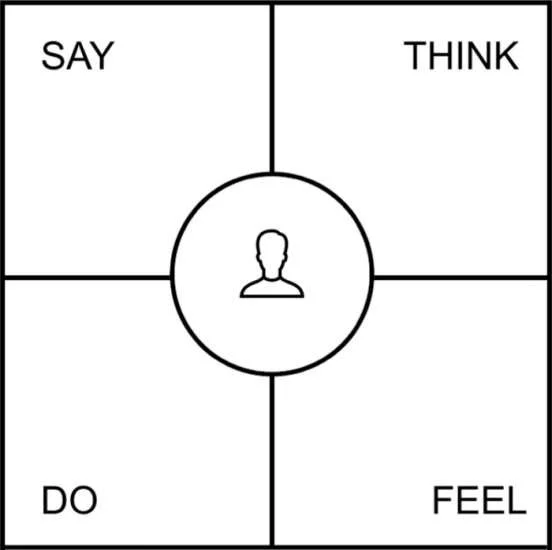CREATOVATION
"Empathy is at the heart of design. Without the understanding of what others see, feel, and experience, design is a pointless task."
Tim Brown, CEO of IDEO
The Empathy stage in design thinking is the first step, where designers seek to deeply understand the needs, experiences, and emotions of the users they are designing for. This involves engaging with users through interviews, observations, and immersive experiences to gain insights into their challenges and desires. The goal is to set aside assumptions and connect with the users' perspectives, forming the foundation for creating meaningful and human-centered solutions.
The Empathy Stage:
Conduct User Interviews: Engage with users directly through open-ended interviews to understand their needs, motivations, and pain points in depth.
Observe Users in Context: Watch how users interact with services and experiences in their real environments to identify unspoken behaviours and challenges.
Immerse Yourself in the User's Experience: Try to experience the problem firsthand as the user would, to gain a deeper understanding of their perspective.
Create Empathy Maps: Organise insights by documenting what users say, think, feel, and do to visualise their experiences.
Develop User Journey Maps: Map out the user's journey through different touchpoints with the service or experience, highlighting pain points and emotions at each stage to better understand their overall experience.
Recommended Reading List:
Reading Materials
Empathy Stage
Design Thinking
Recommended Watch List
Recommended Watch List
Empathy Stage Tools
Empathy Map
Interview Framework
Stakeholder Map
Customer Journey Map


